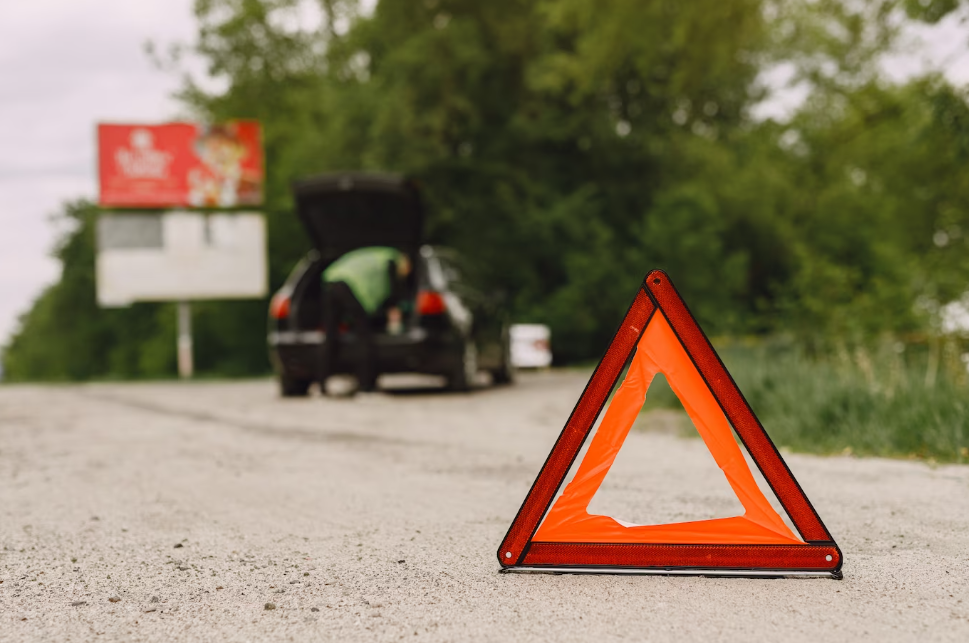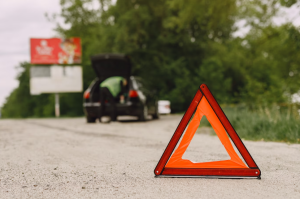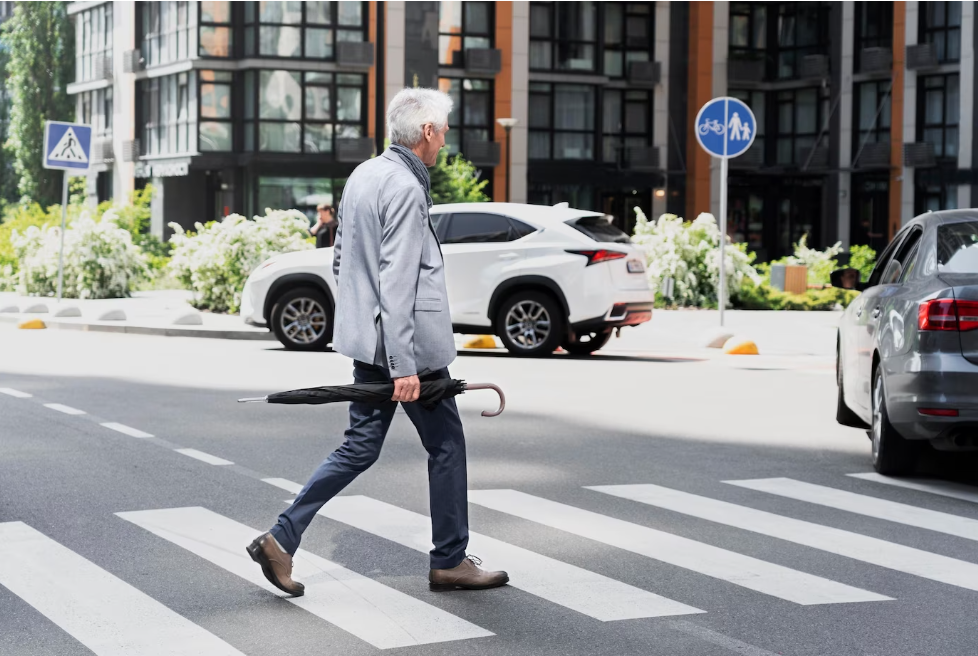
Risky behavior: why are our roads still dangerous?
In 2025, driving in France remains marked by persistent tension. The 15ᵗʰ Responsible Driving Barometer, published by the VINCI Autoroutes Foundation, reveals a mixed picture: modest progress alongside deeply rooted risky habits.
Between aggression, normalized traffic violations, digital distractions, and driver fatigue, the challenge of making roads safer and calmer remains significant.
Aggressive behavior still present
The report reveals that 87% of drivers fear the aggressiveness of other road users. In fact, more than six out of ten motorists admit to insulting another driver in tense situations, while over half confess to honking aggressively.
Nearly a third admit to deliberately tailgating another vehicle out of annoyance, and 13% have already stepped out of their car to “confront” another driver.
Although these figures are slightly decreasing, they still reflect a climate of persistent stress behind the wheel.
Yet, driver aggression significantly increases the risk of serious accidents: impulsive behaviors like dangerous overtaking, sudden braking, or physical confrontations can lead to collisions and severe injuries.
Learning to manage stress and adopting a more respectful attitude on the road are therefore essential for everyone’s safety.
Road rules and responsible driving still not fully respected
Nine out of ten drivers… many drivers admit to exceeding speed limits often slightly, but regularly.
Yet, excessive or inappropriate speed is a factor in nearly one-third of fatal accidents on French roads, according to the Road Safety Authority. Most drivers also fail to maintain safe following distances. On highways, many remain in the middle lane without reason, and one in four admits to overtaking on the right a prohibited behavior that causes dangerous confusion for other drivers and increases the risk of side collisions or accidents during unexpected lane changes.
These increasingly common practices stray from the principles of responsible driving and contribute to a shared sense of insecurity on the roads.
Digital Distraction: When Screens Take the Wheel
The Barometer also highlights that 75% of French drivers use their phone or GPS while driving. One in three reads or sends messages behind the wheel, and 84% admit to taking their eyes off the road for more than two seconds—the equivalent of traveling 72 meters without looking, at 130 km/h!
Fatigue further compounds this dangerous mix: 39% drive when they are very tired, and half of them have already experienced a microsleep episode, an extremely dangerous phenomenon, as just a few seconds of inattention can lead to veering off the road or causing a serious accident, especially on highways where speeds are high.
Even more worrying, 85% of these drivers say their mind regularly wanders, a sign of weakened focus, which is a major factor in road accidents.
To reduce these risks, it’s recommended to take regular breaks, stay well hydrated, and if feeling drowsy or struggling to concentrate, not hesitate to stop and rest—or switch drivers.
Invisible but Dangerous Risks

These figures are particularly worrying among 18- to 24-year-olds, who represent about 20% of drivers involved in injury-causing accidents, despite making up only 12% of the driving population.
According to the ONISR*, young drivers are also more frequently under the influence of alcohol or drugs at the time of fatal accidents, with nearly 30% affected, which explains their increased vulnerability on the roads. Despite some awareness of the dangers, many continue to take risks, highlighting the need to strengthen prevention efforts and encourage greater responsibility.
*National Interministerial Road Safety Observatory
Adopting responsible driving means acting for your safety and that of others







 What if the roles were reversed and drivers looked out for their safety? It starts with respecting the emergency lane. On the motorway, it is essential never to encroach on the emergency lane, as this lane is reserved for vehicles in emergency situations. Encroaching on it exposes users to increased risk of accidents, as these areas are often close to vehicles in distress or road works.
What if the roles were reversed and drivers looked out for their safety? It starts with respecting the emergency lane. On the motorway, it is essential never to encroach on the emergency lane, as this lane is reserved for vehicles in emergency situations. Encroaching on it exposes users to increased risk of accidents, as these areas are often close to vehicles in distress or road works.

 Contrary to what one might think, seniors are just as at risk in urban areas as on roads outside urban areas, where speeds are higher and the margin for error is smaller. 50% of pedestrian fatalities and 51% of cyclist fatalities on secondary roads are aged 65 or older, according to ONISR. Although mortality on these roads decreased between 2023 and 2024, the rate remains high.
Contrary to what one might think, seniors are just as at risk in urban areas as on roads outside urban areas, where speeds are higher and the margin for error is smaller. 50% of pedestrian fatalities and 51% of cyclist fatalities on secondary roads are aged 65 or older, according to ONISR. Although mortality on these roads decreased between 2023 and 2024, the rate remains high.












